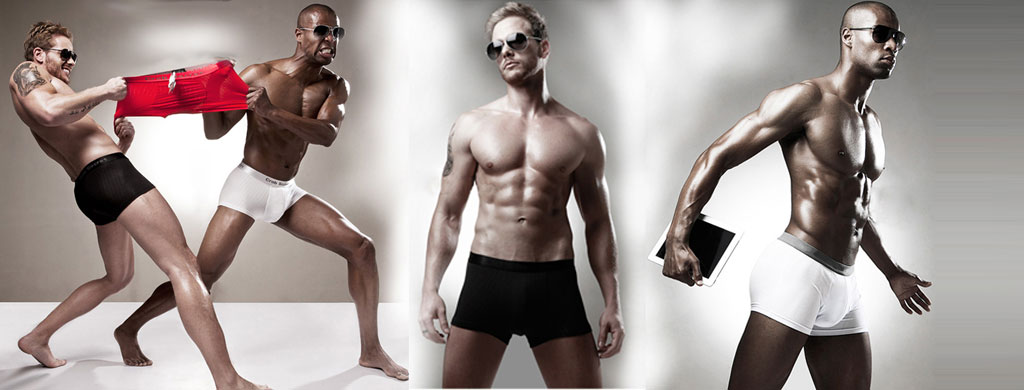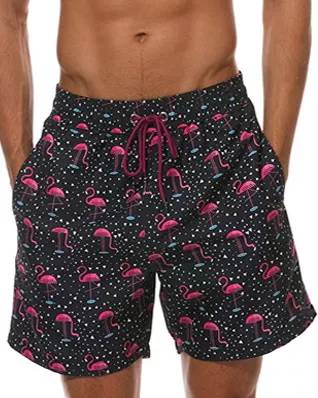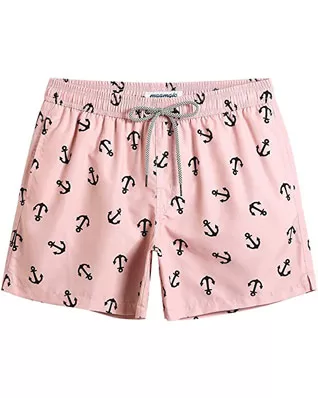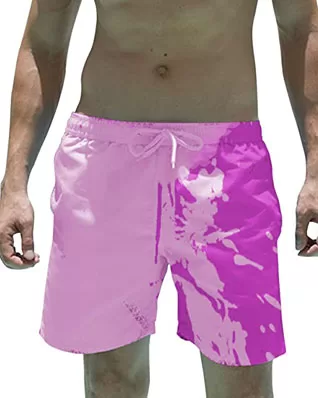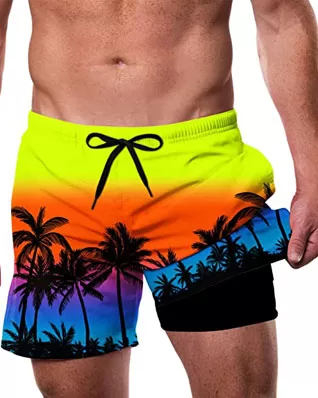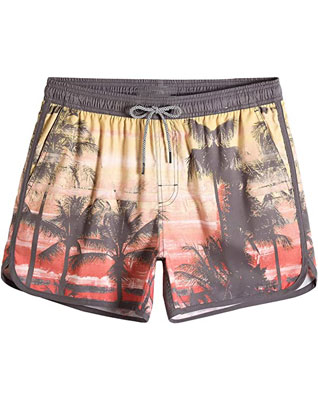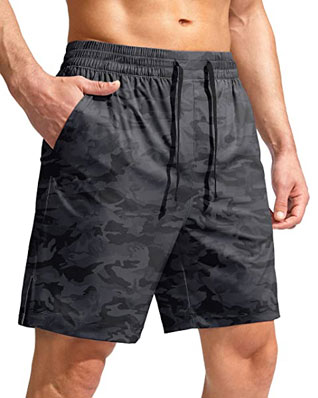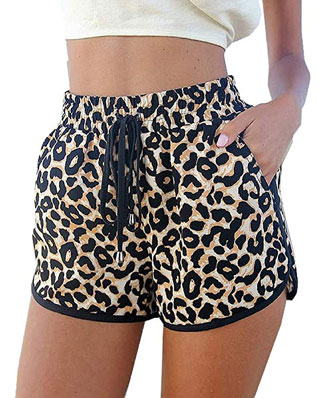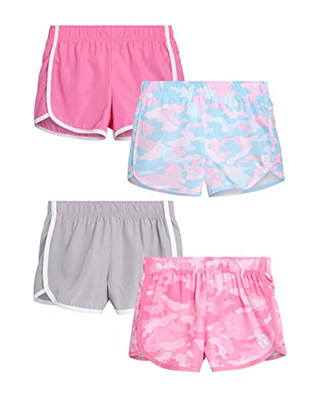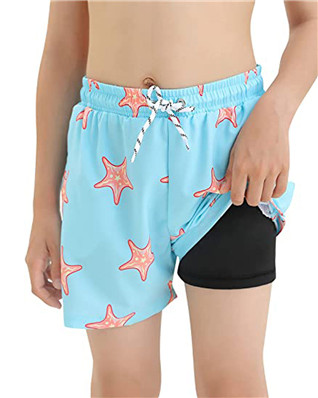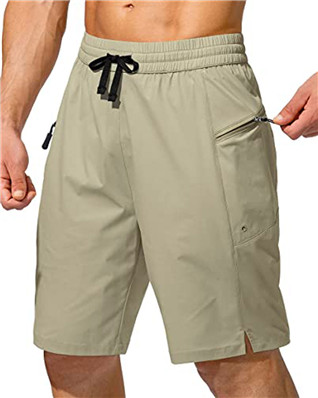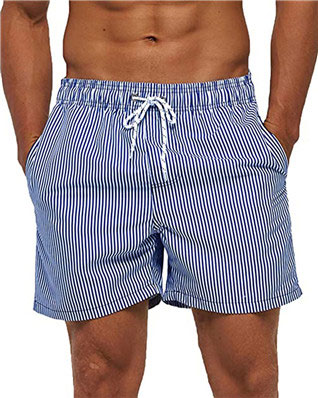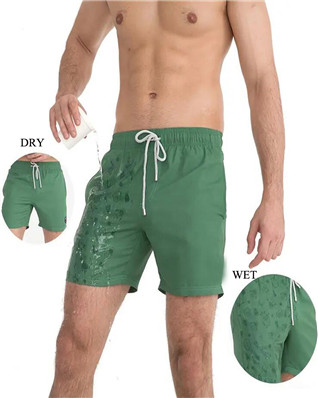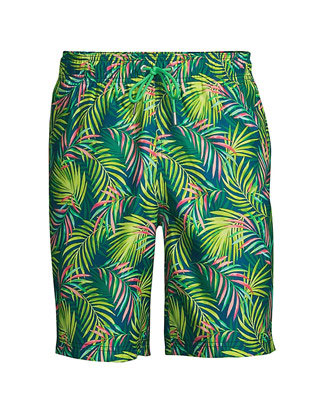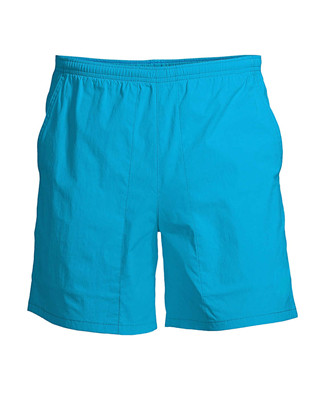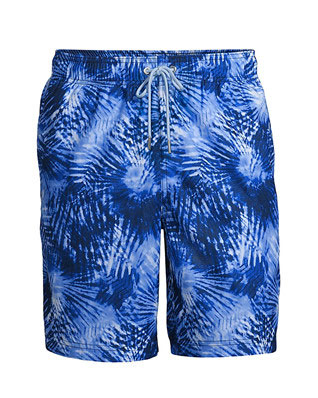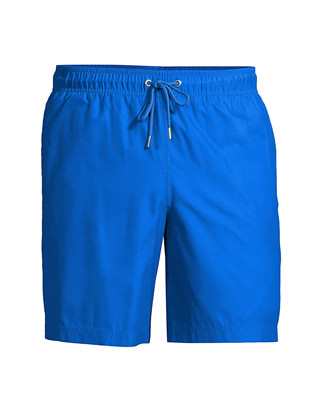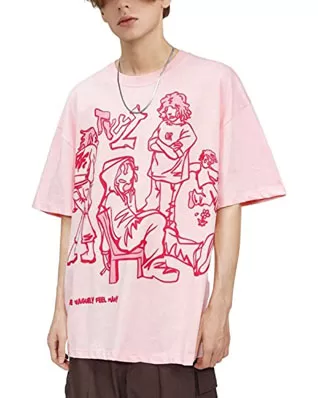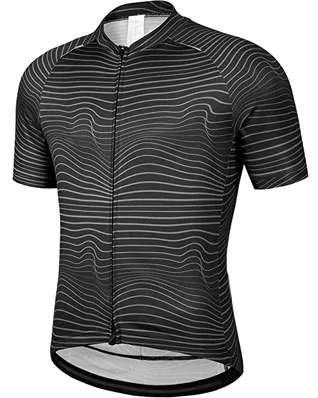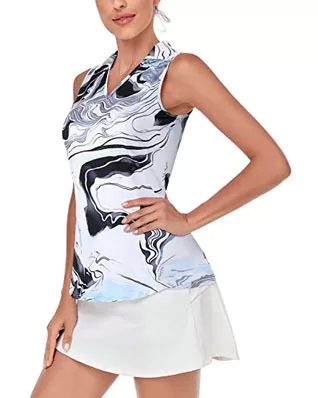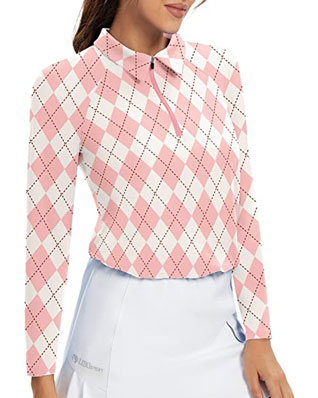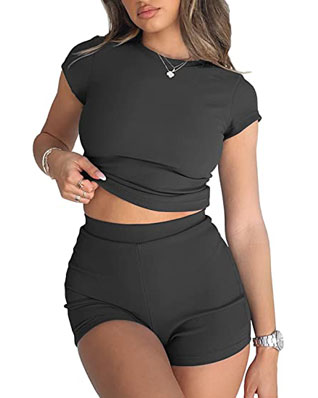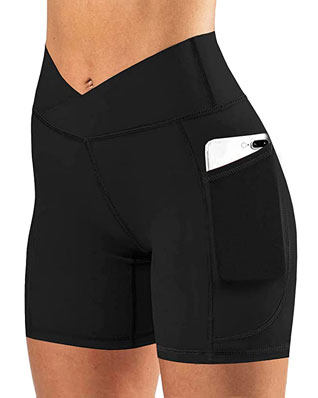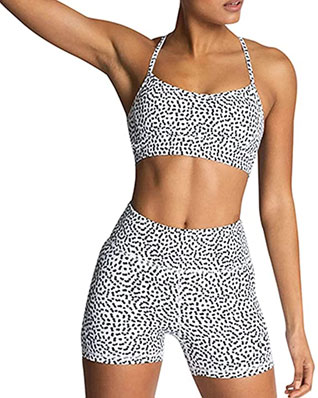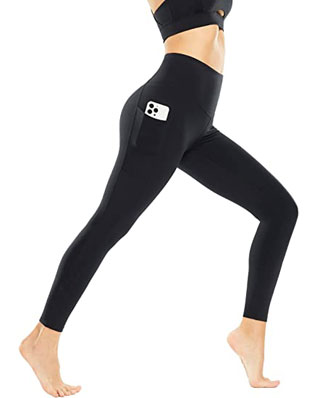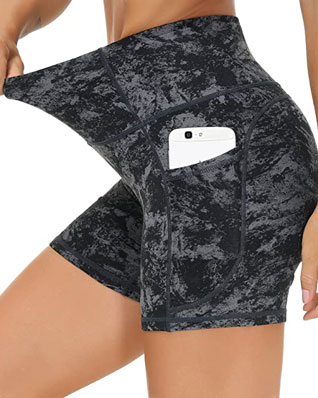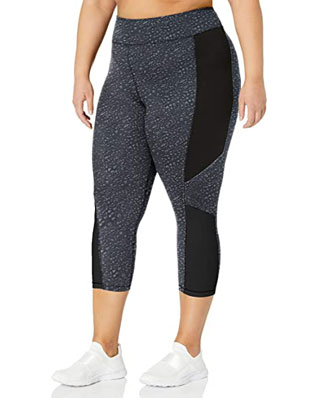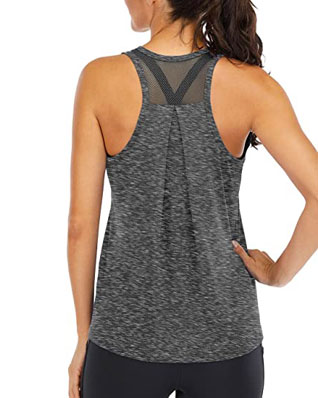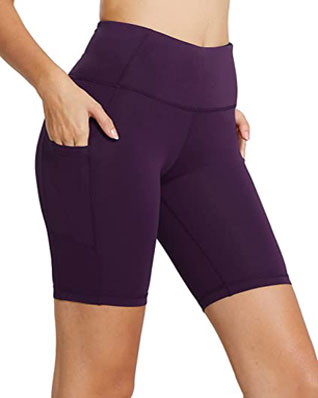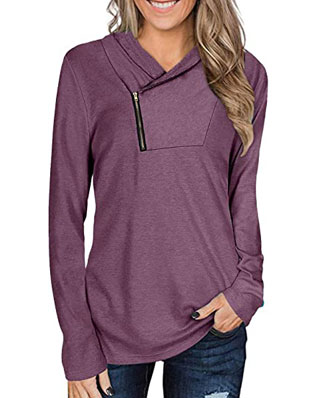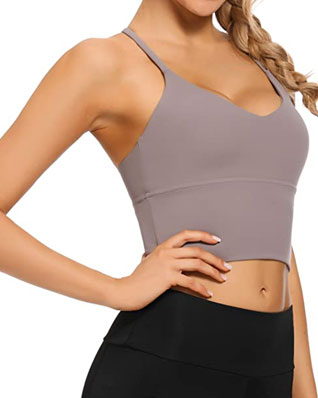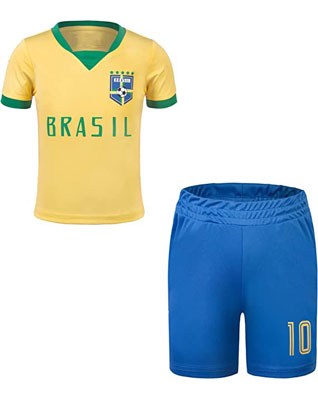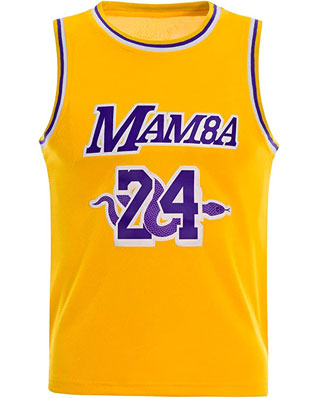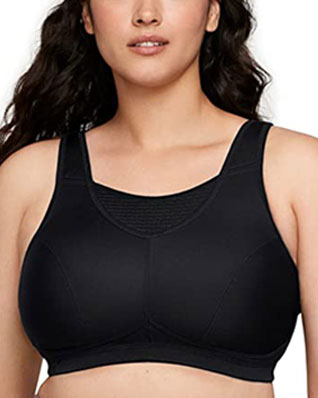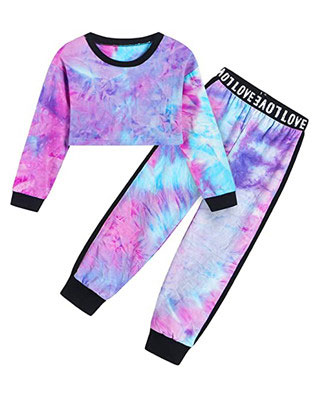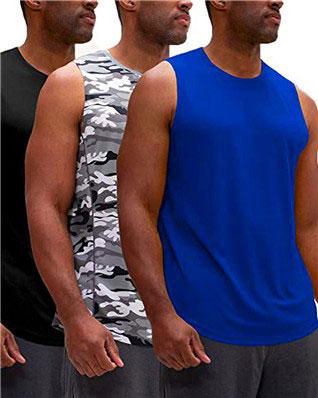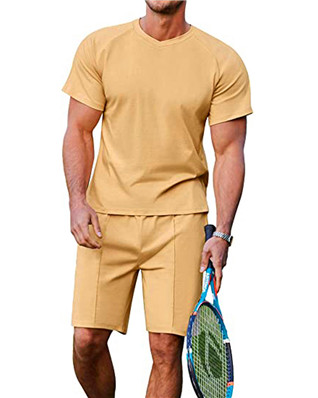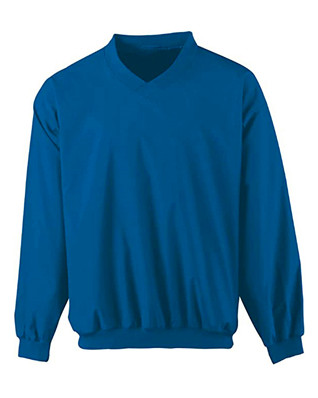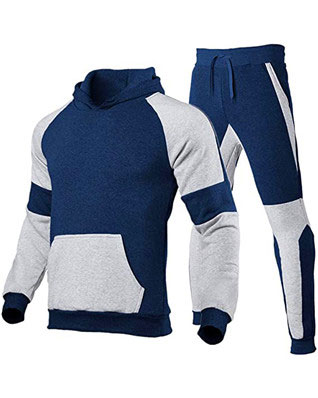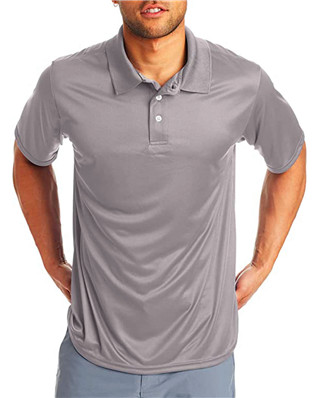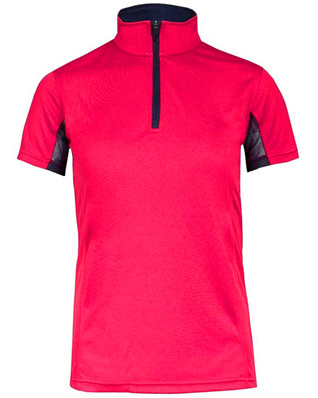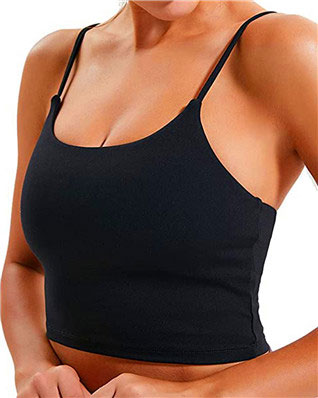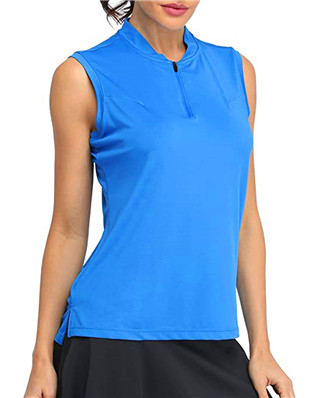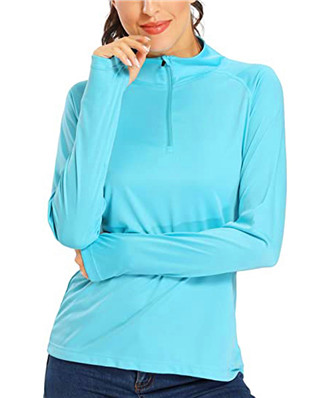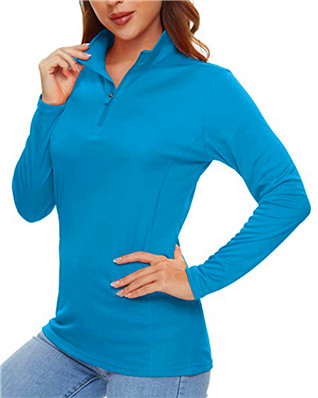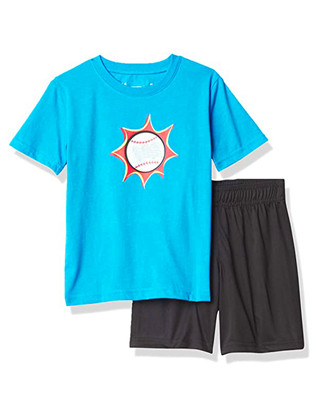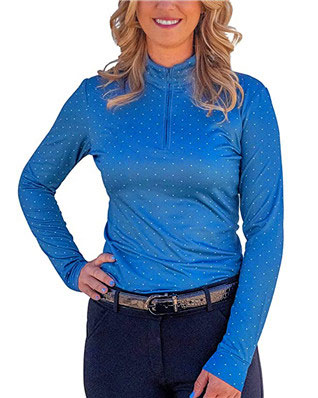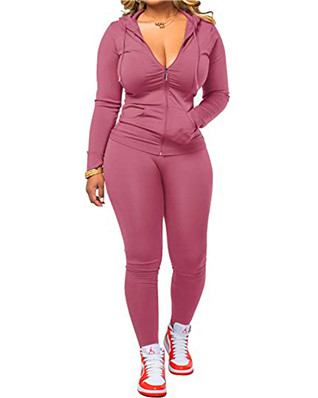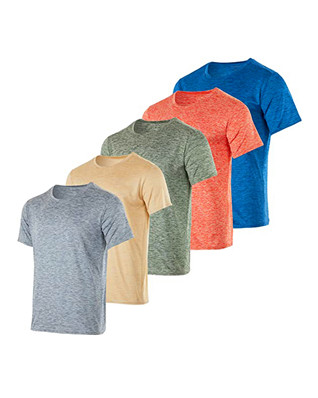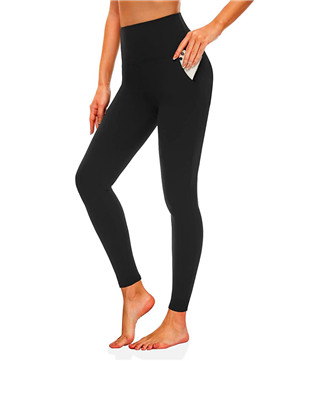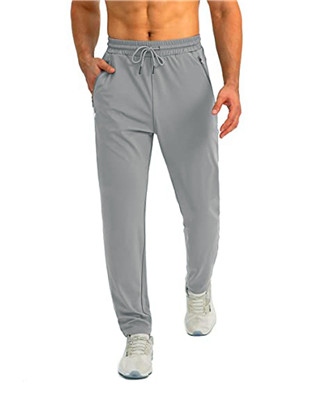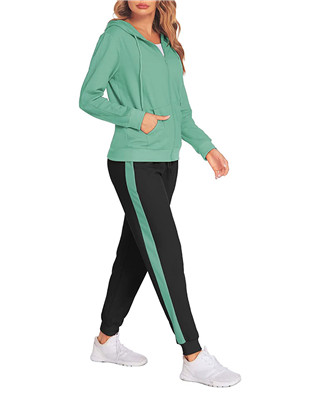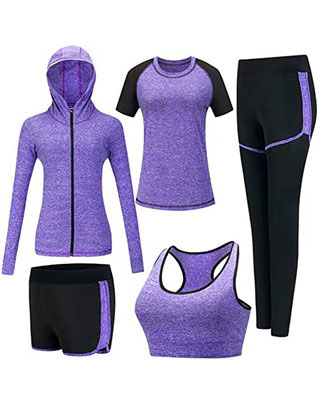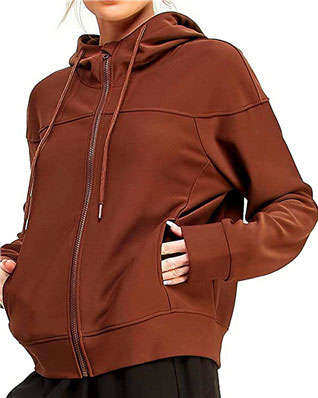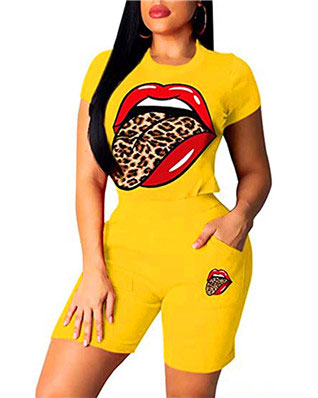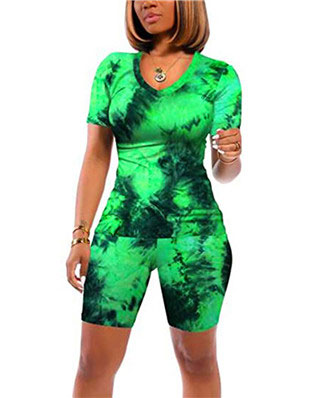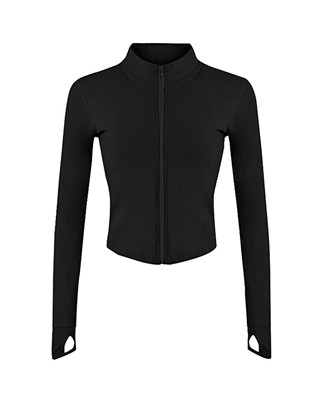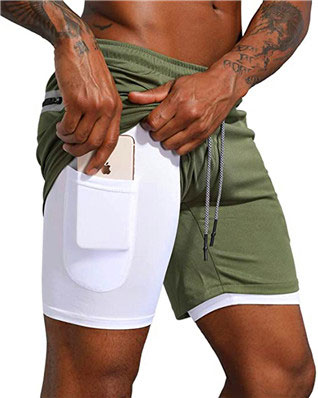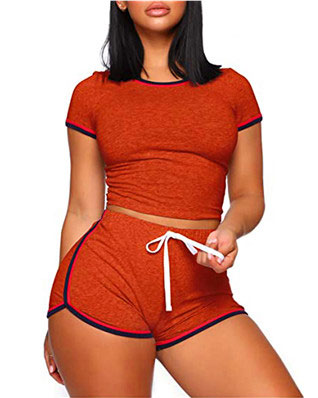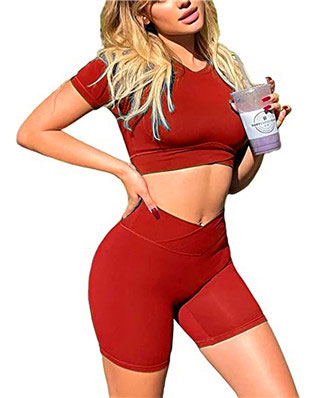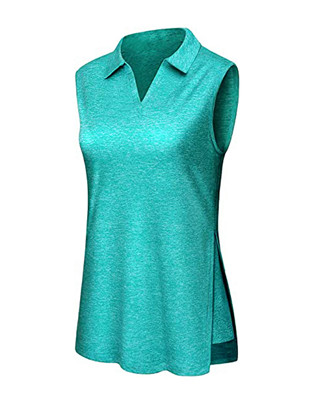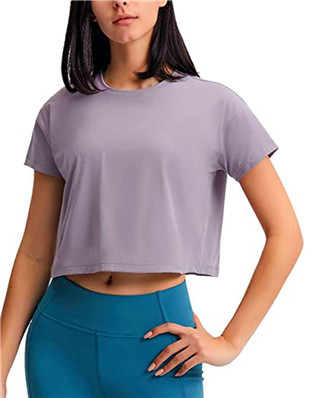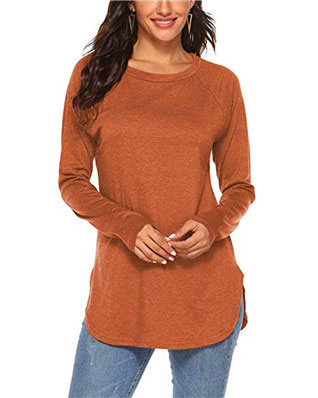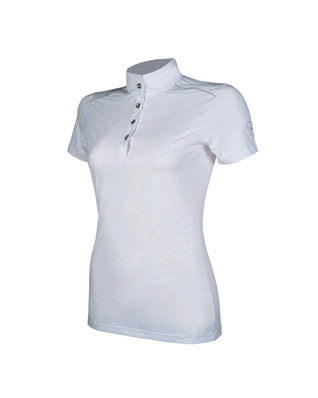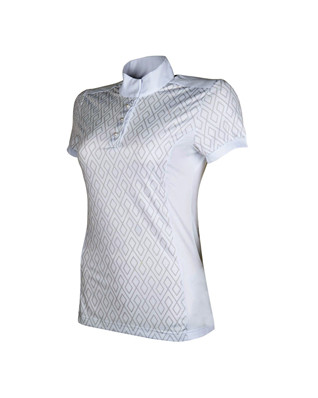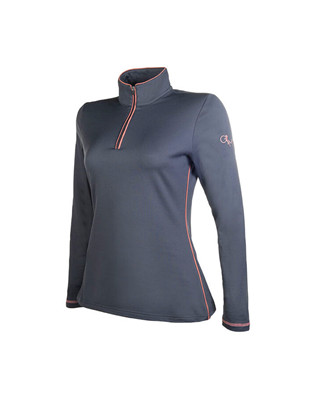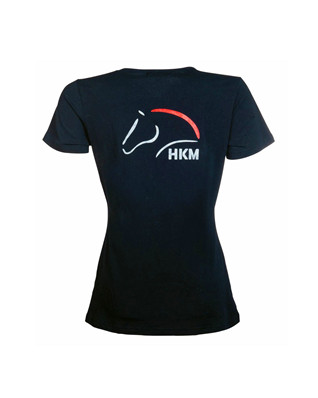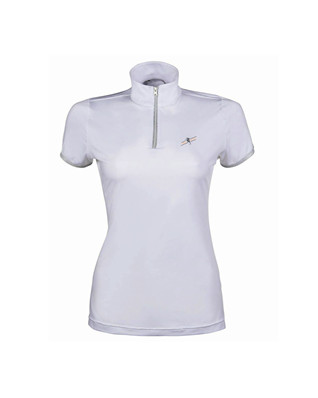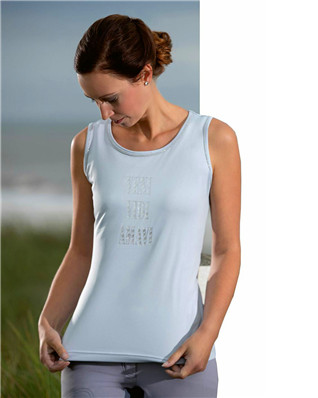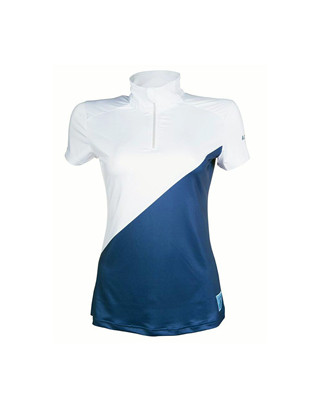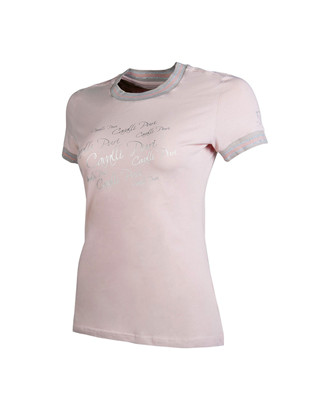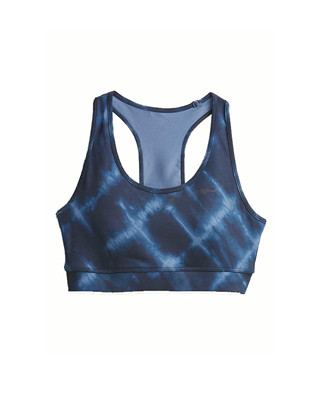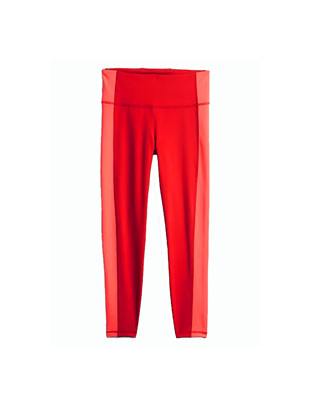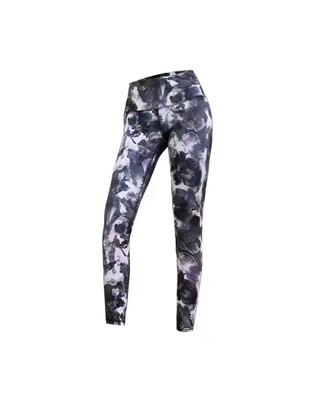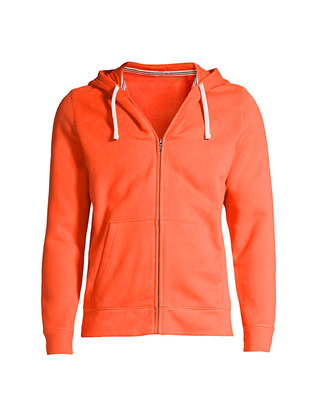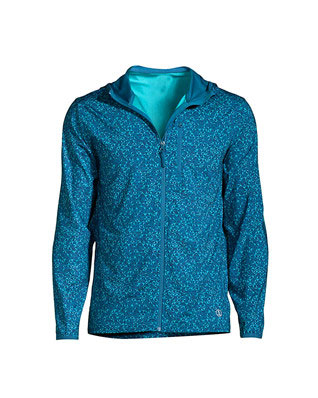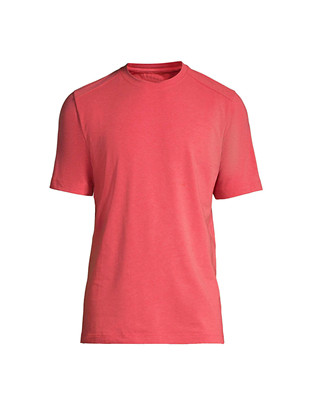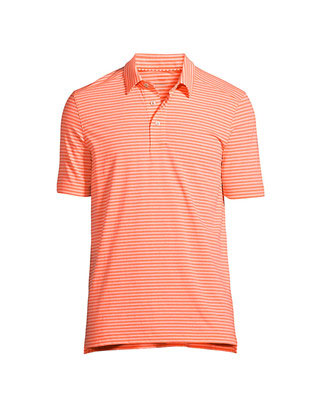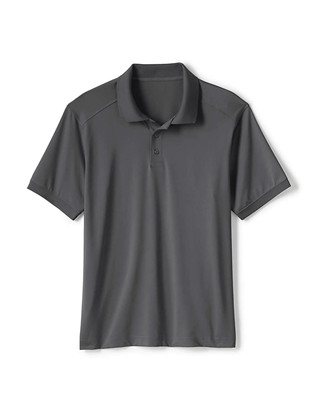We all know that the fashion industry has come a long in terms of distribution, manufacturing, and retail, but so has every industry. 然而, in fashion, the way that designs are developed would be unrecognizable to the pioneers of men’s and women’s wear manufacturers.
There are seven elements of design: space, line, form, light, color, texture, and pattern. To a layperson, it may seem like a combination of artistic choices, and while fashion is an art, clothing today is made for consumers. Each element is selected to suit a certain wearer according to market trends.
The rising preference for sustainable fashion, for example, has had a big impact on clothing manufacturers with its increasing scope, as described in this blog by MQgarments.
Here are some of how the development of design has changed since the industry’s conception:
IDENTIFYING THE TARGET MARKET
A key part of product design has always been understanding who it’s for. Formerly, this was done primarily by mimicking a style icon or magazine revered by the target market and aligning prices to their standard income. Nowadays, it’s a lot more advanced.
RESEARCH
Research isn’t restricted to magazines and icons. Social media has birthed an army of influencers, which has birthed so many trends and styles of varying popularity. Real celebrity icons also have shorter life spans as the media (especially social media) moves on to the next person.
ANALYSIS
Today, companies have access to computerized tools that calculate how in demand certain things will be at any given time.
BRAND IDENTITY
Fashion brands and labels have always had a signature feature that sets them apart. 然而, as even baby clothing and handbag manufacturers have taken to mass production, this sort of discernment has become rarer. Except for the upscale labels, brand identity is now more closely associated with the following:
COST
Brands that are affordable or costly become known as such by consumers. A label will become associated with a certain price point, but this won’t necessarily line up with the target market. Affordable clothing often matches the quality of its pricier counterparts.
PRODUCTION
There are so many ways to produce a single article of clothing that brands often market their products based on theirs. 例如, clothes might be marked as cruelty-free, vegan, handmade, or locally produced. Here, it’s not the actual design being marketed; it’s the company’s ethos. Although, of course, production impacts design.
MATERIAL
A few decades ago, design and manufacturing were restricted to the availability of materials. Imported fabrics like lace were reserved for the most expensive clothing. While certain fabrics are available only at a particular price point, the market has been flooded with so many synthetic options that a layperson would struggle to distinguish between polyester and cotton.
我們是男人, 女性的, 和兒童服裝 製造商 in Quanzhou Fujian China. 我們致力於幫助設計師從道德採購的材料中生產可持續的時尚系列. 我們改進的製造方法, 包括激光切割技術和計算機輔助設計, 減少紡織品和紙張廢物. 如果您是一名設計師,希望從以可持續發展為導向的時裝製造商那裡開發環保時裝系列, 聯繫我們預約.
